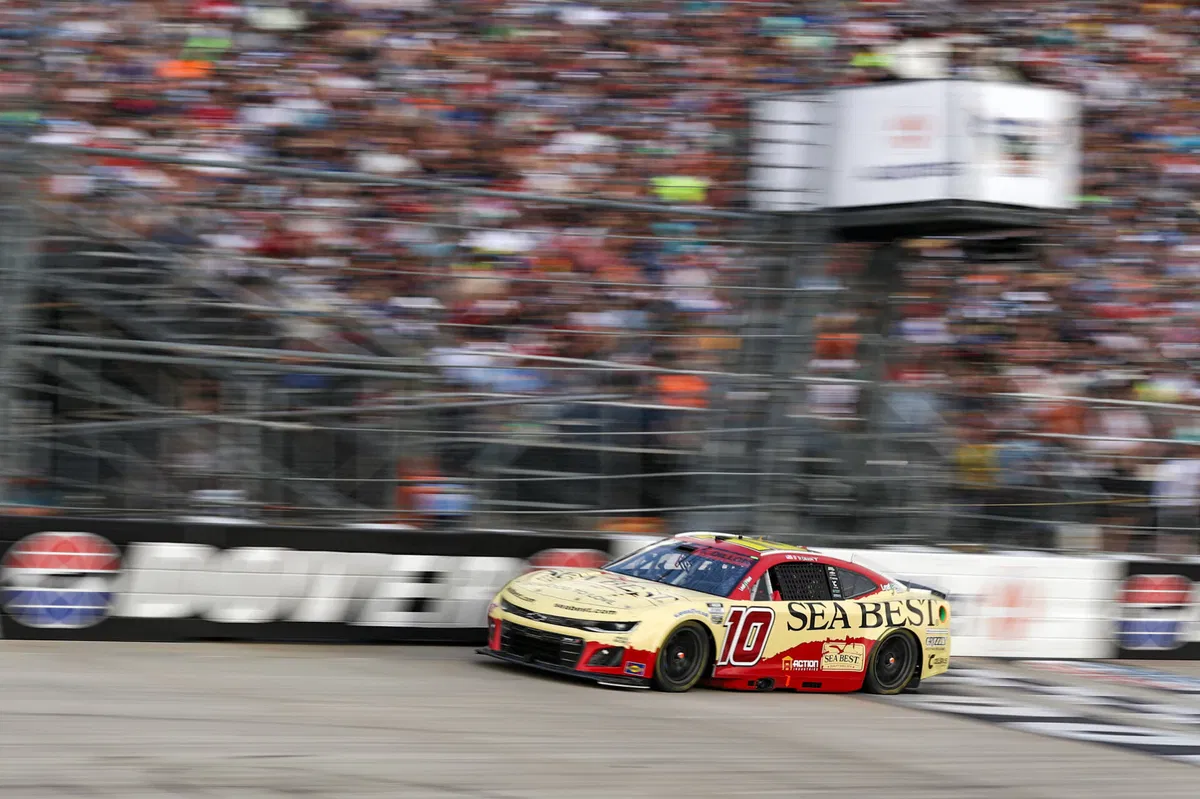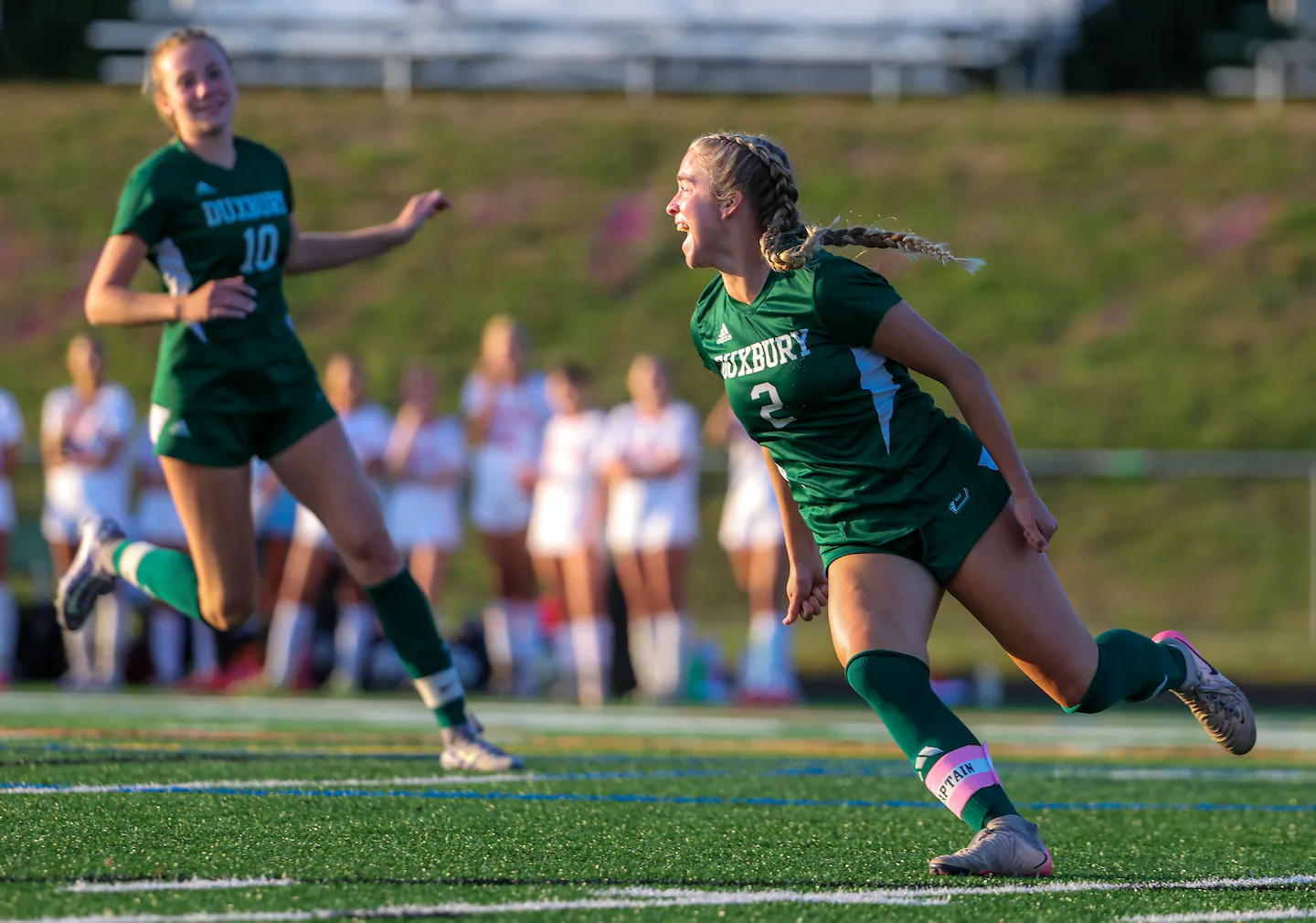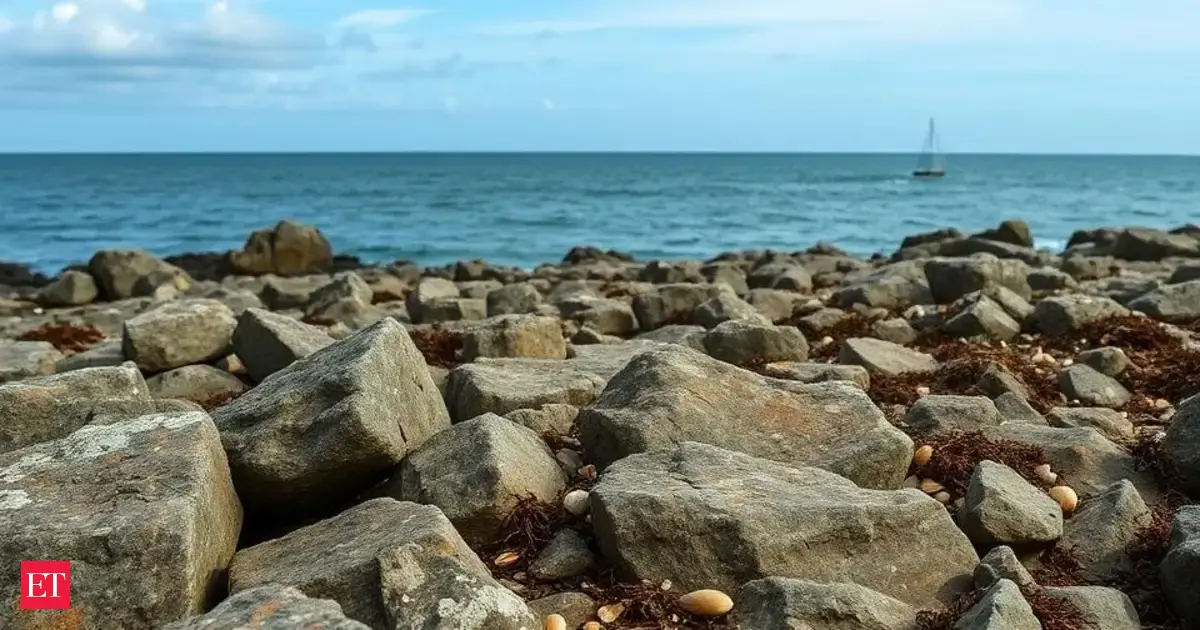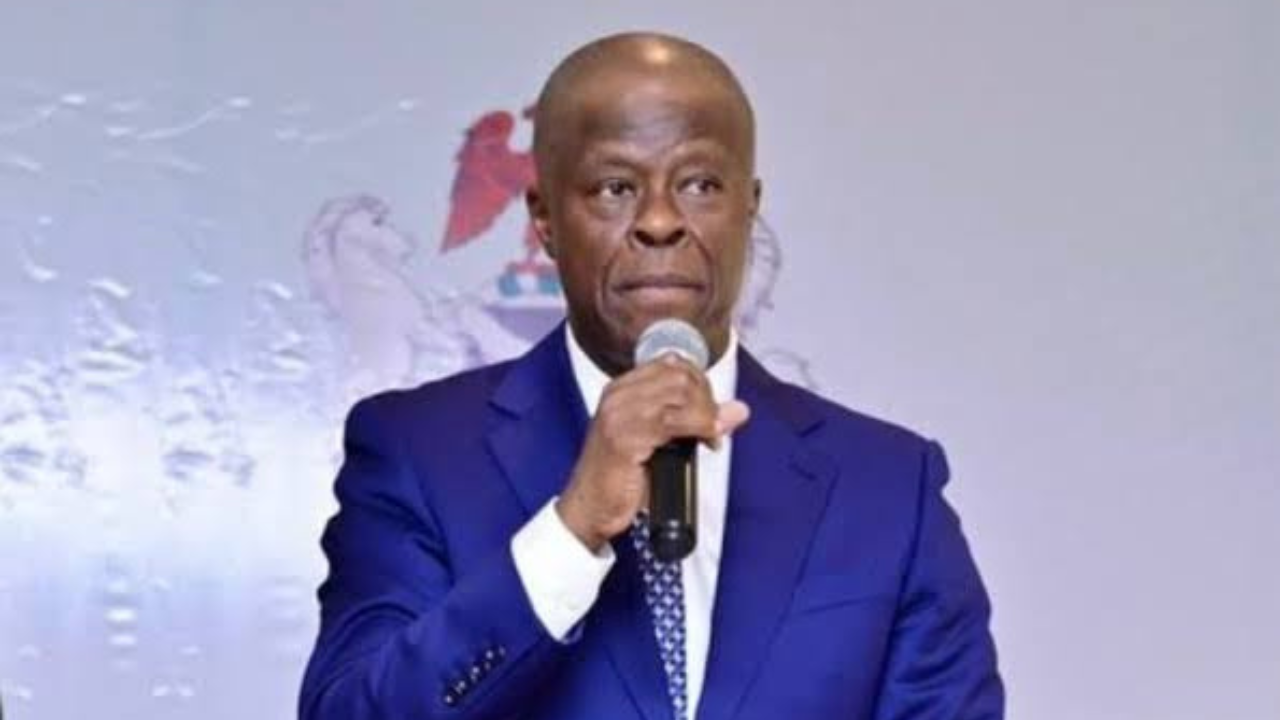
He rose fast out of California’s karting and truck-racing ranks into the high-stakes of NASCAR’s top tier. Zane Smith, born in Huntington Beach, won the 2022 NASCAR Craftsman Truck Series Championship after several near-miss seasons, notching six wins in the Trucks over 2022-23 before making waves in the Cup Series as a rookie in 2024. He surprised many with a runner-up finish at Nashville and followed that with another top five at Watkins Glen, carrying the momentum despite starting the season outside the spotlight. But stepping from Trucks and part-time appearances to a full-time Cup schedule would test every bit of that early promise.
In 2025, Smith is deep in his sophomore Cup Series campaign, driving the No. 38 Ford for Front Row Motorsports, and the stats tell a story of growth mixed with struggle. Over 29 races so far, he has earned 1 pole at Talladega, 4 top-10 finishes, 1 top-5, led 20 laps total, with an average start of 19.3 and finish around 20.3. He has yet to win, but his 3rd place at Bristol showed he is closing in, keeping him ranked 27th in points with 519. And it’s not just the numbers; every race, every duel, every close-call is feeding into a bigger narrative of past rivalries, lessons, and a new generation pushing forward.
ADVERTISEMENT
Article continues below this ad
The unseen battles that shaped Zane Smith
Zane Smith’s path to NASCAR greatness didn’t start in a stock car but on the unforgiving surfaces of karting tracks across the country. In the Stacking Pennies podcast, along with Corey LaJoie and co-host Skip Flores, Smith explained his journey of being asked if road course go-kart racing becomes a “breeding ground” for racetrack prowess. “Yeah, that’s what I grew up doing, for sure… But it’s incredibly competitive. I would say when I was younger, you get to see some of the data-driven stuff, like how you understand data, which is really important nowadays. I could get lost in SMT. I have to honestly not use it a lot of the times, just because, I don’t want to say psych yourself out, but you can read it wrong easily. “ he said.
That success wasn’t only about winning; it was about learning how to analyze data, how to feel the rhythm of corners, and how to handle pressure in a wheel-to-wheel environment. You see it in the way modern juniors carry data skills into Formula 4, Indy Lights, and NASCAR Truck/Xfinity programs. Smith echoed the practical application of the psychological hazard telemetry can create: “And so, yeah, I mean, that’s a lot. Just the road course racing is analyzing that data. “And, I mean, that’s a lot. Just the road course racing is analyzing that data,” he continued. Practically, road-course karting forces drivers to manage complex braking transition zones, throttle application through cambers, and varying traction.
ADVERTISEMENT
Article continues below this ad
When the talk turns to names and rivals, Smith puts the scale into perspective: “Probably more than half the IndyCar field, I grew up karting with. Colton Herta was one that we raced against each other a lot. And then I raced against George Russell some. I guess Lance Stroll. I’d have to look at them. Oh, like the Sergeants, Logan and Dalton. I raced against them a good bit. I don’t know why a lot of guys are racing those, but for sure, a lot of talent.” George Russell was a decorated kart champion with British cadet titles, Super One, SKUSA SuperNationals; Colton Herta was a consistent SKUSA/IKF competitor before a rapid rise as a U.S junior single-seaters, and Lance Stroll’s karting record in North America and Canada preceded his jump to FIA F4 and onward.
Smith closed with a karting showpiece anecdote that captured the scale and stakes: “There was this, I think it was called Supernats. It was out in Vegas. Man, it was insane. Hundreds and hundreds of karts. It was their Superbowl. And I finished second in it two years in a row. But that whole weekend is just, I guess it’s like a karting chili bowl. But yeah, a lot of talent rolling through it. Just NASCAR right now with that background.” Those SuperNationals and similar mega-events and legendary weekend nationals like Kartmasters or European KF events force drivers to battle amid traffic, setup variance, and tire/engine differences, the same stressful scenarios that forge champions.
LaJoie added to that sentiment, saying, “It’s a dogfight. You watch one of those races. Dude, it’s insane. Drafting, fly-jobbing.” Smith‘s move from that environment into a 2022 Truck Series championship and then to Cup-level rides underscored how intense kart rivalries and event experience create the raw material teams look for.
Before NASCAR glory, Zane Smith nearly chased trophy truck racing
Zane Smith’s father, Mike Smith, proudly shared, “It’s been an unreal ride…He’s worked super hard to get to where he is, and he’s so determined,” back in 2020, when his son was still a rookie in the NASCAR Craftsman Truck Series. At the time, Mike celebrated Zane’s performance against seasoned rivals. Yet, despite his pride in Zane’s NASCAR rise, Mike once resisted his son’s ambitions in another form of racing.
ADVERTISEMENT
Article continues below this ad
The Front Row Motorsports driver admitted that his childhood wasn’t only about stock cars. “I grew up racing trophy carts, which is like a mini trophy truck with like a 450 dirt bike engine. They’re awesome,” he said. Still, it was Mike Smith who drew the line: “But I’d say, after that, my dad made it very clear to me, like, you don’t make a living in these.” Zane also recalled the thrill and danger of those early days with Riley Herbst, saying, “Ugh, man, I love it. But like, you have to have like, full trust…It’s insane to experience the different driving styles that people have. There are a few guys that come to mind. Dude, I was like, 8 years old riding these things like beach blankets…so sketchy, thinking back on it.”



